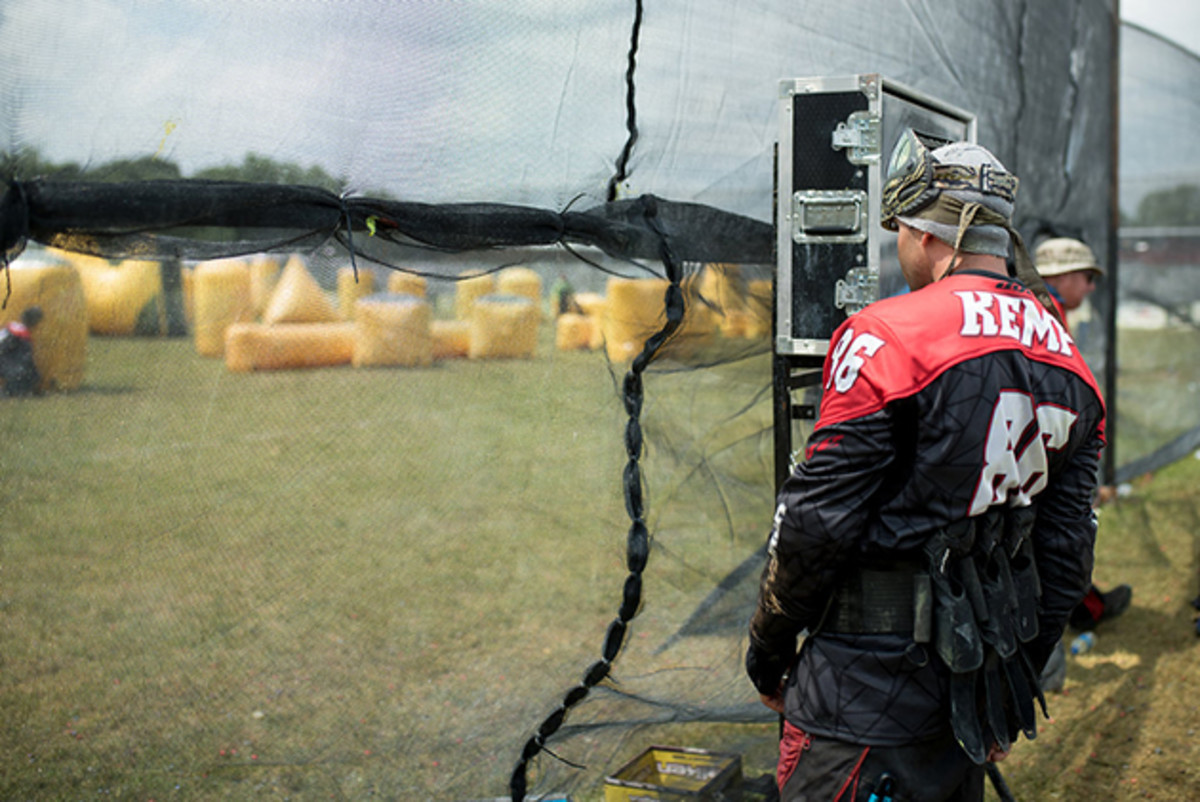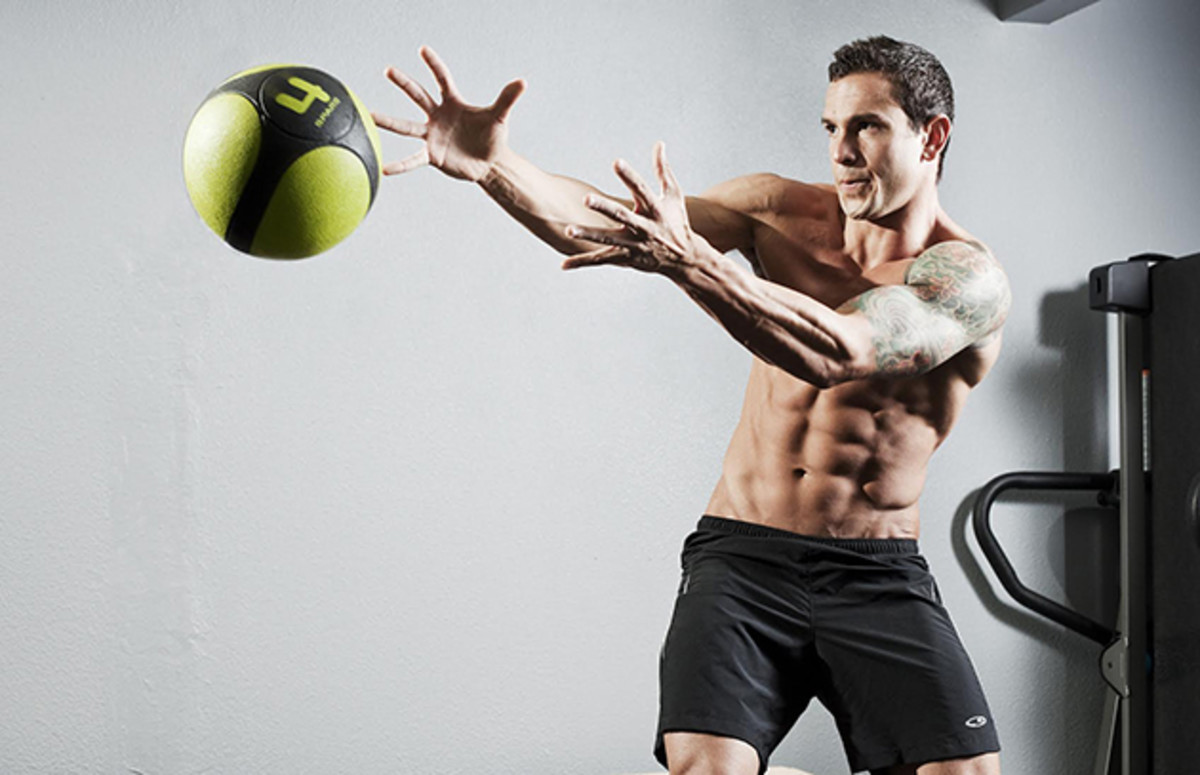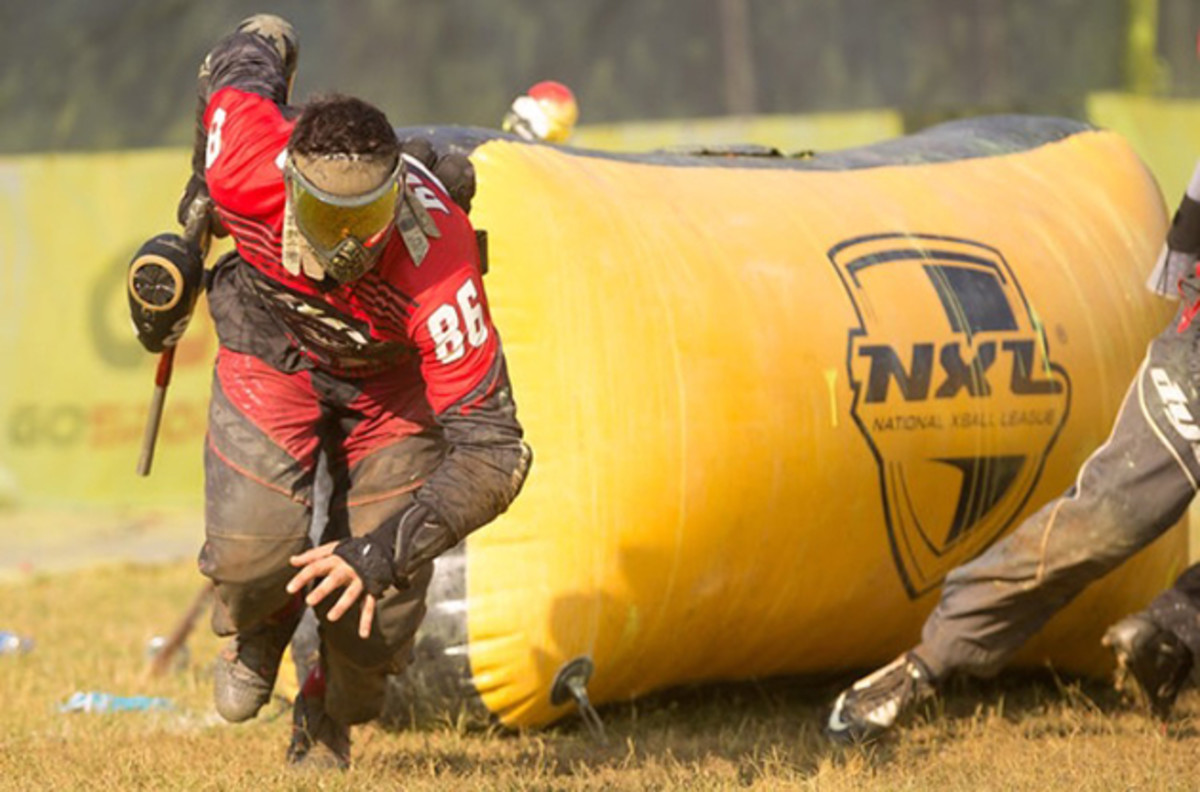Pro paintballers are out to prove their sport is not just a weekend hobby

Players arrive at the start gate, hearts racing, crouching in anticipation of the impending five second call. As the clock ticks down, players clutch their paintball guns, hoping to make it to their initial spot—many will be eliminated just a few seconds after the starting buzzer. But those who do arrive to the all-important first spot are likely the fittest on the field.
This isn’t a summer afternoon paintball trip with friends. This is professional paintball.
The National Xball League, or NXL, is the main paintball league in the U.S., which hosts a series of events that run from March to November, spreading from Las Vegas to Nashville to Kissimmee, Fla.
No matter the division—from the lowest amateurs to professionals—the NXL plays a style of paintball known as x-ball, a series of five-on-five matches that play back-to-back over a set time. The duration of the match—known as a point—varies for each division, with the professional rank playing 16-minute games. Teams are allowed a maximum of 17 players on a roster, however most teams only use five to seven players.
• Ultra-runner Scott Jurek's interval training tips for the everyday athlete
Played on a compact field with air-inflated bunkers, NXL’s small dimension creates a fast paced environment where players typically shoot at one another from close distances. The paintball guns shoot one ball per trigger pull, with the speed capped at 10.5 paintballs per second, the normal speed most players can reach. Together, this creates a game that is fast, attention grabbing and requires great mental focus, agility, and flexibility.
Training started as something many paintball players never considered in their daily, even weekly, routines. Paintball was merely the weekend job that allowed any willing, able-bodied person to take up the sport and compete at the highest level. As time progressed so did the thinking of those at the highest level. Training became necessary.
Professional player Nick Slowiak from Massachusetts’ team Upton 187 Crew points out that the term “professional” comes with certain expectations. This holds true in paintball, too.
“If you say you're a professional paintball player it is a lot different than 15-20 years ago,” Slowiak says. “If you say you’re a professional anything you're expected to be in shape in some way.”
• Training to failure: Myth or method to muscle mass and strength gains?
Scott Kemp, another veteran professional paintball player on the Los Angeles Ironmen team, is a leader in the paintball fitness movement. Kemp is also a personal trainer and was one of the first to marry fitness and paintball. His is known as a front player, or the one who is supposed to be furthest up the field and in the best position to shoot the opposing team. For Kemp to get in these forward positions it is key to have a high level of endurance, speed and agility. This led Kemp into starting with the basics, sticking to simple sprint and endurance workouts to improve his speed.

“When I first started working out I was just doing sprints and endurance at the park,” Kemp says. “I would go to the hill and do incline sprints and that was basically my workout regimen just to better myself personally on the field. Then the more I got involved with that, the more I started training other aspects as well.”
As time progressed, so did the thinking of other professional paintball players who began to adopt training into their routines, noticing that fitness often leads to a prolonged career, as Ryan Greenspan of the pro San Diego Dynasty says.
“Being able to be limber and flexible is really the one thing that will help to prolong the length of your career,” Greenspan says. “Just because you're diving, you're sliding and other stuff is going on and you're really putting a lot of pressure on and stress on your joints and your ligaments.”
• Tae Bo’s creator Billy Blanks teaches to smaller audience with equal fervor
To help fill the void of not having a paintball-specific training regimen, Kemp took it upon himself to develop a program that players could execute in their local area without having to use a paintball gun or field.
“I started designing this program where you can go to the park and you bring your pack and you fill up a few pods [what holds the paintballs during a game] with sand,” Kemp says. “So your pack [bag that holds the pods] is now weighted, then you grab an eight-pound dumbbell, which simulates the average weight of a gun, a tank, a loader and the loader full of paintballs.”

Kemp also uses fieldwork and cone drills to mimic some of the running routes used during a match.
“Whether you’re running to the corner, or to the snake or doing a short break out, some of the drills will simulate that run,” he says.
After exploiting the fitness basics of sprints and lifting weights, diet became the apparent next step after so many players realized how poor nutrition could affect play. After making diet changes, players noticed a significant payoff mentally.
“Paintball is such a mental game on the field being able to make fast, intuitive decisions that is going to help when you are feeding yourself with good nutrition,” Kemp says. “Your brain is sharp you're thinking well. You are not going to think that quick, or that sharp when you are eating fast food as opposed to fruits, vegetables, nuts and leans meats.”

While fitness and diet have become an integral part of the sport over the past ten years, paintball, at its core, still accommodates anyone who is ready and willing.
“The sport doesn’t discriminate on your athletic ability or lack thereof,” says Greenspan.
• How blood biomarker analysis can help plan meals, boost performance
Fitness has served as a way to show that paintball is not a mere hobby, but instead, a sport full of professional athletes who are hungry and ready to prove that paintball is on the same level as other larger, more mainstream sports.
Says Kemp: “To show that you need to stay in shape for our sport is something that helps makes it more professional.”
